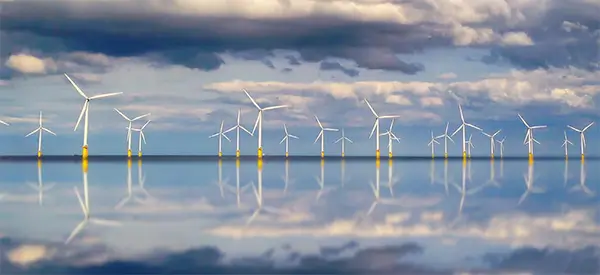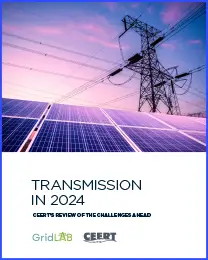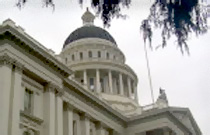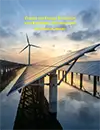Center for Energy Efficiency and Renewable Technologies
Center for Energy Efficiency and Renewable Technologies
Providing global warming solutions for California and the West.
CEERT Reports
TRANSMISSION IN 2024
CEERT’s Review of the Challenges Ahead
GridLAB & CEERT
May 2024

The Center for Energy Efficiency and Renewable Technologies (CEERT) continues to prioritize its engagement in California’s transmission planning, interconnection, and permitting processes. Last year we released three reports focused on the need for substantial expansion of the high voltage transmission system and on the need for major reforms to transmission permitting at the California Public Utilities Commission (CPUC). This report focuses on more recent California Independent System Operator (CAISO) planning activities, including the issuance of a draft 2023-2024 Transmission Plan, the finalization of the interconnection process enhancement initiative, and the preparation for studies in the upcoming 2024-2025 Transmission Plan.
This report also evaluates ongoing efforts of the Legislature and the CPUC to address transmission permitting reform following up on last year’s activities.1 The backlog of policy driven and reliability-driven transmission projects that need to commence construction is continuing to grow with the expected addition of 26 new projects in the 2023-2024 Transmission Plan, which will bring the total number of transmission projects that have been approved over the past three transmission plans to 94. Delays in transmission development will jeopardize California’s necessary transition to a zero-carbon economy. In particular, permitting reform is urgently needed in order to expand and modernize California’s electric system and strengthen linkages to the rest of the Western grid.
January 6, 2009 Opinion: U.S. should tax oil instead of letting OPEC do it - (pdf)
February 7, 2008 Harvesting CA Renewable Energy Resources - (pdf)
December 4, 2007 The Role of Technology in Mitigating Global Climate Change - (pdf)
November 28, 2007 CEC: Letter Regarding Clarification of CA Guidelines for Reducing Impacts to Birds and Bats from Wind Energy Development - (pdf)
May 16, 2007 Hydrogen and Fuel Cells: A Comprehensive Solution in the Fight Against Global Warming - (pdf)
March 2, 2007 Utility Long Term Procurement Prepared CPUC Testimony - (pdf)
February 11, 2007 Energy Choices:Non-fossil vs. FossilThe California Global Warming Solutions Act of 2006 - (pdf)
January 24, 2007 The Tehachapi Wind Energy Project and the California Global Warming Solutions Act of 2006 - (pdf)
October 18, 2006 Bottom of the Barrel: The Hidden Costs of Petroleum Use in California - (pdf)
May 31, 2006 U.S. Natural Gas—The Aftermath of Hurricanes Katrina and Rita - (pdf)



